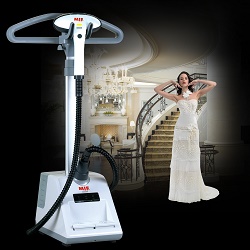Power and power consumption of the washing machine
Each model of household appliances consumes a different amount of energy - this primarily depends on its purpose and rated power. To find out what the power consumption of the washing machine, each user can, looking at the label, which is located on the back of the product - this parameter is specified in kW / h. It determines which economic class the device belongs to.
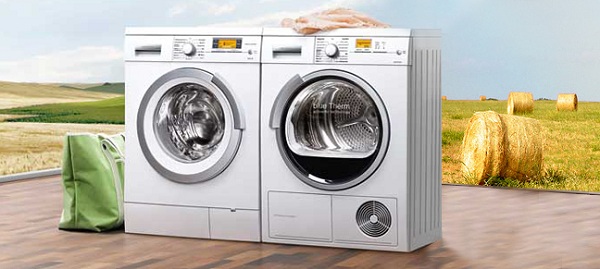
Content
Classification of washing units
All household appliances are divided by their efficiency in the consumption of electrical energy into certain classes, denoted by Latin letters from A before G. They also add the “+” sign: for example, the product with the “A ++” sign is considered the most economical.
Such signs are placed on special labels located on the housing of the household appliance.On the manufacturer's website, you can find a complete description of your model with an indication of the class of economy.
To calculate the number of kilowatts per kg, special laboratory tests are carried out, after which a certain class is assigned to household appliances:
- The most economical are the aggregates of class “A ++”. This is the minimum consumption of electrical energy: 0.15 kW / h per 1 kg.
- Next comes the class "A +" - less than 0.17 kW / h x 1 kg.
- Class “A” is average, its energy consumption is within 0.17–0.19 kW / h for washing 1 kg of linen.
- A product with the letter “B” will need 0.19–0.23 kW / h for a similar operation.
- The “C” class consumes 0.23–0.27 kW per hour when washing one kg of laundry.
- The washing unit with the letter “D” will consume 0.27–0.31 kW / h under the same washing conditions.
Further enumeration does not make sense, because modern household appliances do not use them for washing - these classes will require much greater consumption of electrical energy. During laboratory research washing occurs at 600C with a maximum load of cotton linen. In real life, everything happens a little differently, so this option may be completely different for your assistant.
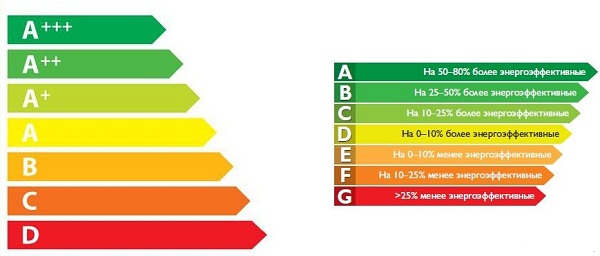
Variety of household machines
All household units for washing at home can be divided into the following main criteria.
- As carried load of linen: frontal or horizontal mode. Vertically loaded - more economical, because of small dimensions, but they satisfy only a small family.
- Drum capacity. This parameter has a direct impact on engine performance. If you choose a machine for washing large capacity, then pay close attention to what class it is to choose the most economical model.
- Dimensions of a typewriter - they vary on the size of the load, but manufacturers are already producing quite small models with a depth of only 40 cm, which are not inferior to the usual. The consumption class is “A”, for example, Bosch WFC 2067 OE (85 × 60 × 40 cm) with a load of 4.5 kg at a price of 15 thousand rubles.
Therefore, when buying an assistant, pay attention to the basic specifications in order to know exactly how much energy the washing machine consumes at maximum load.
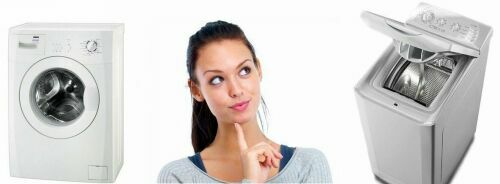
Real power consumption
Regardless of the model you choose and its rated capacity, expressed in kW / h, the actual energy consumption will depend on such factors:
- Selection washing mode. The temperature of water heating, rinsing time, the duration of washes and their number, the speed of rotation of the drum during spinning, the use of additional options depend on it.
- Types of fabric. Washing cotton and linen will take much more energy than polyester. Different fabrics differ in weight, both in dry and wet form, which must also be taken into account.
- Volume load: maximum or half. It is clear that the more the tank is loaded, the more electricity is needed to wash things.
Washing cost
The average power of modern washing machines is in the range of 0.5-4.0 kW. But most often the consumer purchases a new class “A” equipment - they will consume electricity from 1.0 to 1.5 kilowatts. This is due to the more affordable price of the unit: for a high class of energy consumption will have to pay dearly.
With regular washing at least three times during the week for 2 hours, the power consumption will be no higher than 36 kW for the entire month. To calculate, albeit approximately, how much each user will cost washing, you need to know a lot of nuances: area of residence, city or village. Exist special rates for citizens who use stationary electric stoves instead of gas analogues. It is necessary to take into account the following fact: for Moscow and the region, the tariff for electricity payment is calculated according to the zones of the day: during the day - 4.6 rubles per kW, and at night - 1.56 rubles for the same use. Therefore, it is cheaper to wash at night.
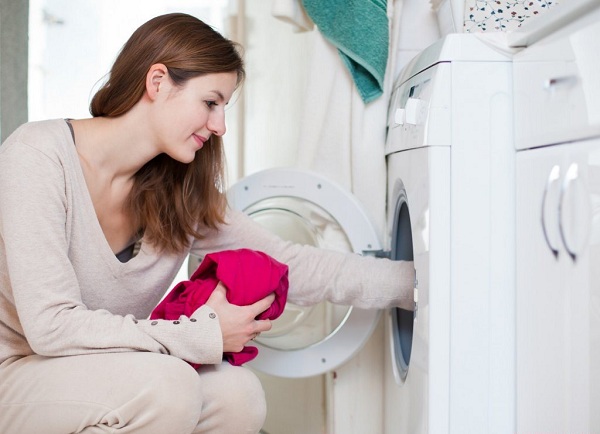
We must not forget that the washing machine consumes waterfor which you also need to pay. Not all users know how many liters their assistant spends for the entire washing cycle, and yet with a constant increase in utility bills, this is far from unimportant.
Modern washing units consume, depending on the model and the maximum load from 40 to 80 liters of water.
Thus, the average average consumption will be 60 liters per wash. Conclusion: when you wash three times a week, provided you live in Moscow or a region, we get the result:
- washing in the daytime during the month will cost you no more than 166 rubles;
- if at night, then to 57 p.
If you live in other regions, then recalculate in accordance with the accepted tariffs, I assure you that the amount will be much less, because life in the capital and its surroundings is much more expensive.
The following conclusions can be drawn from the above: it is necessary to pay special attention not only to the design, dimensions, but also to the installed energy consumption and power class for this model of washing machine, so that it is reasonable to use the device during operation. It may be worth paying once for a machine with an A ++ energy class, than to constantly overpay for the electricity consumed.

/rating_off.png)







